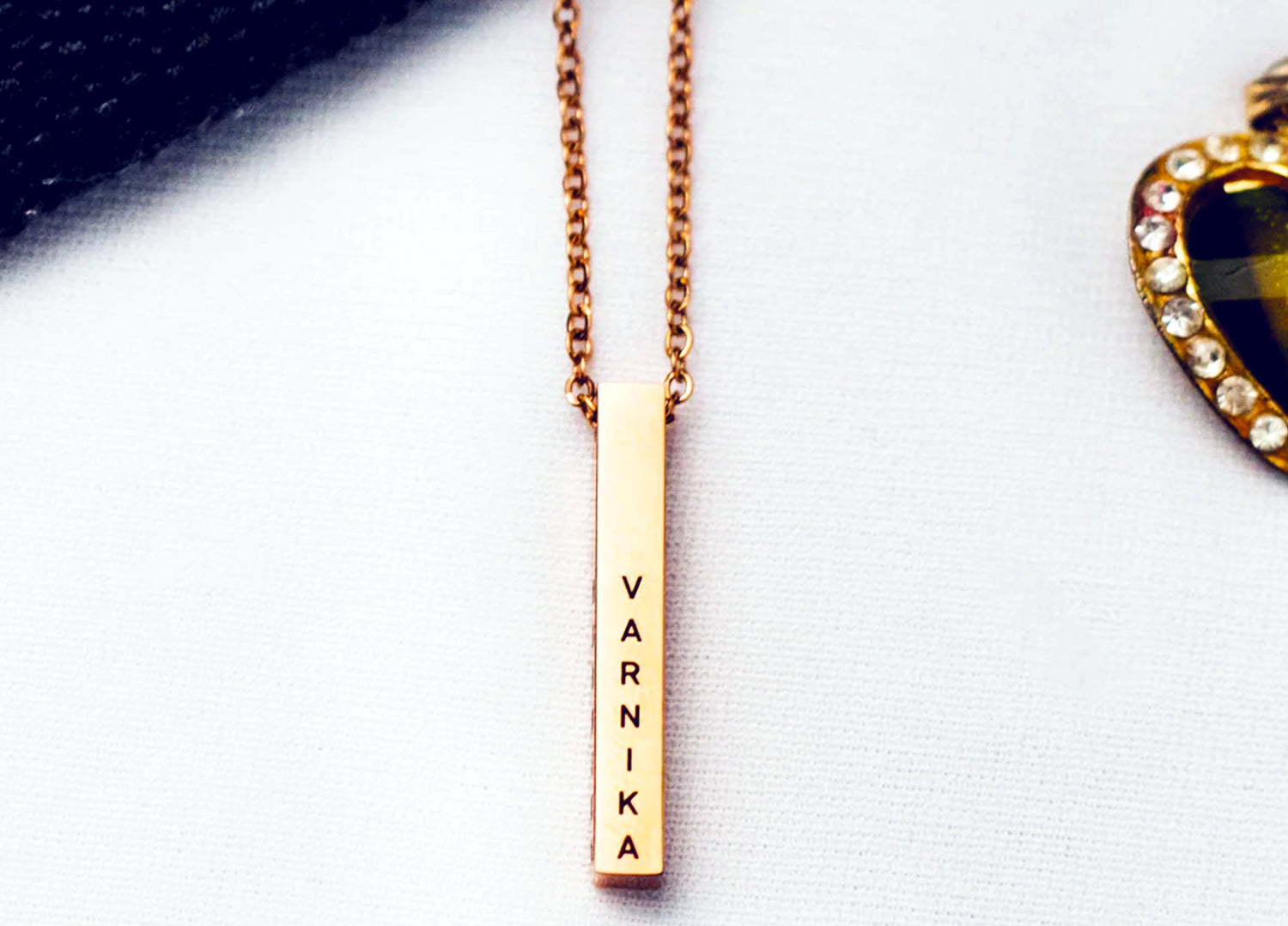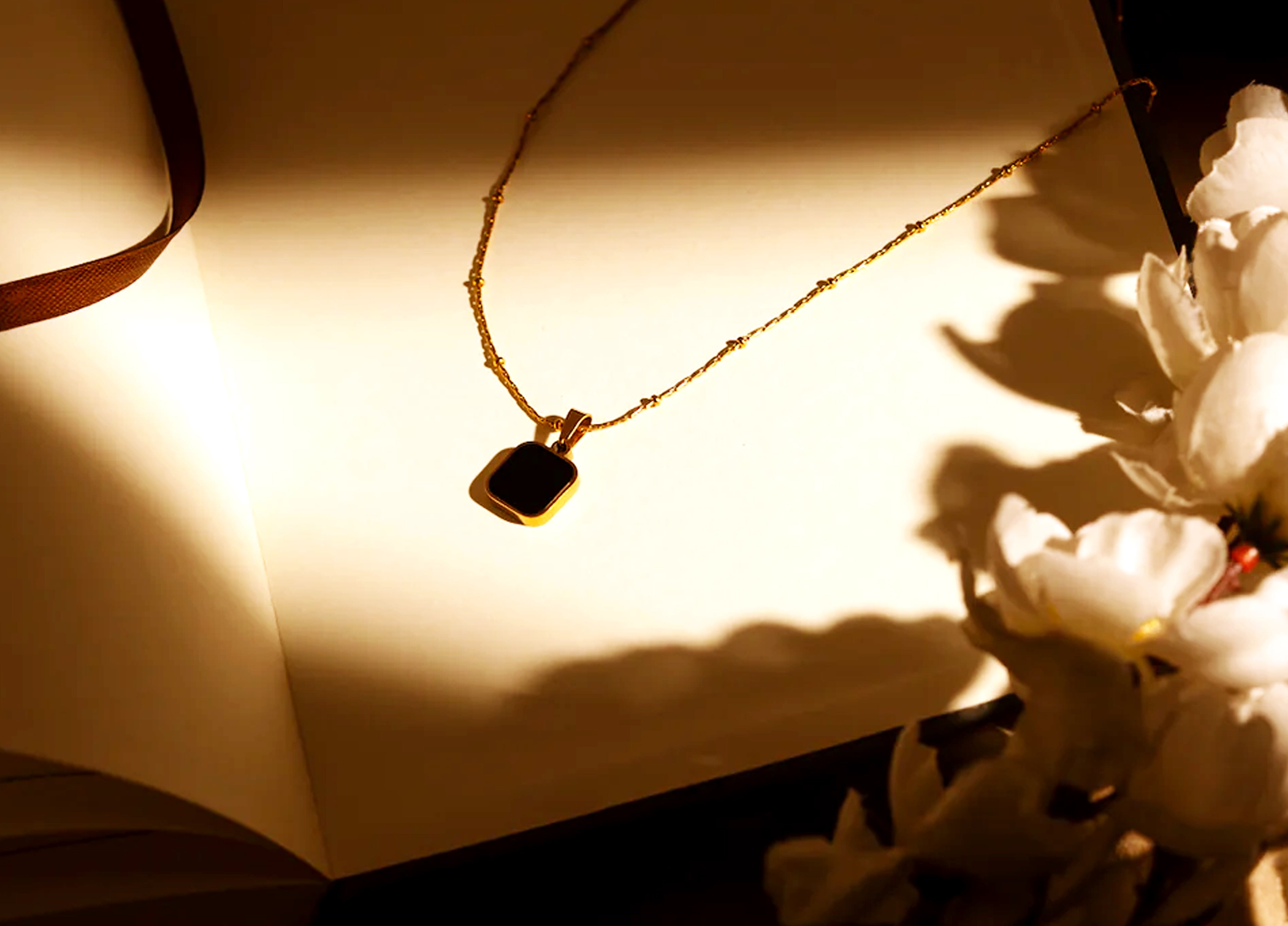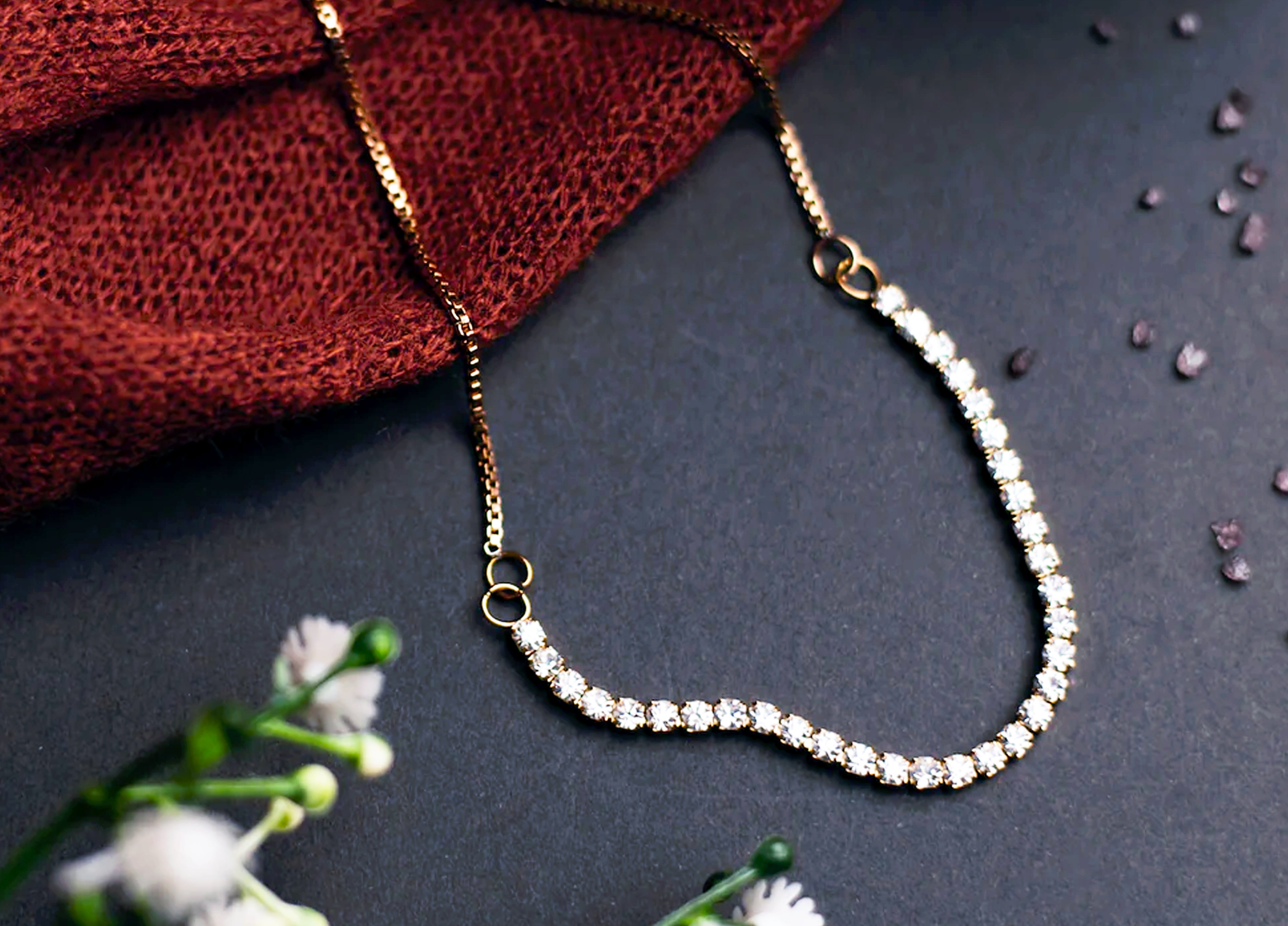Throughout civilizations and contemporary societies, the transformation of jewellery indicates how societal influences determine its formulation, composition, and importance. It is a rich and varied history in terms of societal values and norms, beliefs, or artistic traditions. Reflecting unique societal values, beliefs, and artistic traditions jewellery possesses an extensive and diverse past in the context of different cultures.
Jewellery is not just ornamental. Rather, it brings forth the spirit of nations while expressing the philosophy systems, norms, and abilities of distinct peoples worldwide across different times. Each object, starting from the grandiose gold embellishments worn by Pharaohs to Native American tribes’ silver pieces studded with turquoises, carries its own storyline pertaining to social formation and cultural values. All over the world and throughout centuries, the development of ornaments has led to an understanding of human creativity at a deeper level which cuts across the society, societal norms, and the enduring quest for beauty and meaning.
Ancient Egyptian Jewellery
One of the most primitive incidences of jewellery as both adornment and cultural symbol can be traced back to Ancient Egypt. Egyptians designed elaborated patterns using gold, stones, and emblematic signs such as scarab beetle or eye of Horus. It was used for religious or protective reasons because it had amulets and talismans that people thought could provide spiritual protection as well as attract wealth in terms of financial prosperity.
Mythological Symbols in Ancient Greek Jewellery
Jewellery in ancient Greece was a part that could not be separated from everyday life as well as ceremonies. Simplicity and elegance were valued highly by Greeks, and therefore gold, silver, precious stones were used to make items that showed a lot of mythological characters or religious symbols such as those representing gods or goddesses. People used to wear these as cues about how they belonged socially among other things whether there were some who belonged above them at that moment which could have been indicated through types like when winning athletic competition or even during one’s own wedding ceremony or at times when someone else had also passed away.
The Spiritual Role of Jewellery in Indian Culture
Shifting to Asia, more specifically India, jewellery holds profound cultural and religious importance. Kundan and Polki are traditional types of Indian jewellery that have been handed down from one generation to another with elaborate designs. In India, jewellery is not just about money and showing off; it is a major part of marriage ceremonies, festivals such as Diwali and religious functions like pujas where it is said to attract blessings while also keeping away bad spirits.
Native American Jewellery and the Turquoise Tradition
In contrast, we find that Native American jewellery stands as an illustration of spiritual ideals along with its link to nature. For instance, members of the Navajo and Hopi communities have become famous through creating turquoise rings not to mention bracelets made up entirely from silver. These connections in silverware are often symbolic due to their association with specific aspects that make up their history or are related to their surroundings. Such ornaments are characterized by complex patterns imitating beasts, mountains as well as stories communicated from one generation to the next whereby, they act as forms of identification or even an indication of loyalty to the society.
Jewellery’s Role in Global Celebrations
Even as globalization and current trends chip away at its base, jewellery continues making inroads across locations and generations as it merges that is it is wedged on a continuum with tradition. From the word go jewellery has been; greened off right now by different cultures to the extent that you always find something new especially during significant life moments such as weddings or birthdays.
Throughout history, jewellery has evolved from its original form of beautifying objects into an expression of cultural identity and social values that have no geographical boundaries. Every item has a story that dates back hundreds of years due to the traditions and craftsmanship behind them. For example, the majestic golden decorations found in ancient Egypt were a representation of wealth and spiritual protection while the silver with turquoise among the Native Americans carries tales on nature and spiritualism.
In modern times, jewellery continues to evolve, reflecting the dynamic interplay between tradition and contemporary influences. The rise of customizable silver bracelets and bar pendants in fashion underscores a shift towards personal expression and individuality. These pieces not only showcase artistic innovation but also serve as platforms for storytelling, allowing wearers to imprint their journeys and beliefs onto precious metals and gemstones.
The silver kada hold a special position among women by combining cultural importance with an eternal sophistication. The bracelets which can usually be decorated in elaborate patterns and symbols that hold various meanings celebrate femininity enough reason why even when made in silver, they are still considered important ornaments used to recognize the feminine nature as well as acknowledge the inner strengths of a woman at large proportion since they carry messages that relate to their own cultures. Therefore, whether you put them on during an event or every other moment once again you can wear them only when going out in such cases remember always feel proud about who you are because jewellery made from this precious metal appears like something we cannot just let go anywhere but instead retain its value.
As jewellery continues to traverse borders and bridge generations, it remains a universal language of beauty and tradition. Its ability to adapt to changing times while preserving cultural narratives highlights its enduring appeal and relevance in the global landscape. Each piece not only adorns the body but also enriches the soul, forging connections between past and present, and celebrating the diversity and richness of human culture.
The journey of jewellery through time reflects the evolution of human beliefs, traditions, and aspirations, offering glimpses into the rich tapestry of global heritage.
As we admire the intricate designs of bar pendants, the personalized stories told through customized silver bracelets, and the timeless elegance of silver kadas for women, we recognize that jewellery transcends fashion trends; it reflects personal narratives and cultural narratives alike. Each piece carries with it the stories of its makers and wearers, bridging generations and continents.
In the future, contemporary aesthetics and global trends will keep changing jewellery while still staying within ancient craftsmanship that puts jewellery ahead of trends and makes it eternal. These treasures may be attractive enough for anyone to put them on however they have more significance in linking people together regardless of their geographical locations or ancestral backgrounds when we wear them.




Leave a comment
All comments are moderated before being published.
This site is protected by hCaptcha and the hCaptcha Privacy Policy and Terms of Service apply.